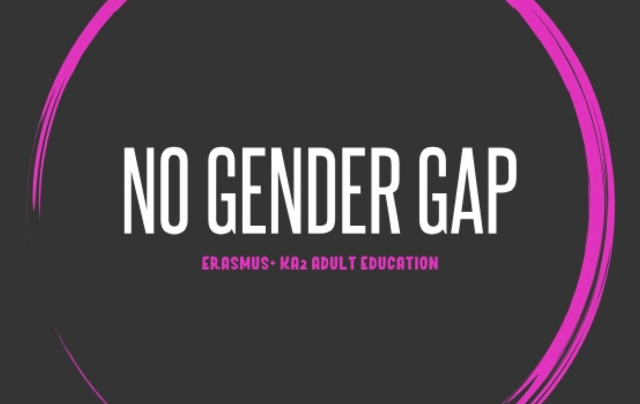Short introductory course to robotics: history, philosophy, electronics, and programming, with chapters on women who made science history

THE COURSE
The course, born from the Erasmus plus No Gender Gap project, is dedicated to develop some historical, philosophical, and technical-scientific topics related to the birth and development of robotics.
TARGET
The course is dedicated to everyone, of any age and cultural background. It is aimed in particular at girls and women, even beginners, since the No Gender Gap project aims to provide girls and women with the cognitive elements to understand a complex and articulated discipline such as robotics.
COURSE PROGRAM
The course is developed in the following modules enriched with quizzes, exercises and laboratory activities explained step by step. For each module are presented biographies of women who have contributed to the development of science, according to the periods and disciplines to which they have applied.
Module 1: Robotics
- History of Robotics
- What is a robot?
- What does robotics mean?
- Robotics everywhere?
- Robotics
- Robot(ics) and Gender: Where do we fit in?
- Women in science: Prehistory
- Women in science: Ancient times
- Women in science: Middle Ages
- Quiz module 1
- Let’s discuss!
- Discussion Topic
Module 2: Components of Robotics
- What is electricity?
- What is voltage
- What is current
- What is resistance
- Ohm’s law
- What is a circuit?
- What is a short circuit?
- What is a soft circuit?
- Circuit elements
- Circuit elements
- Practical activity – Soft Circuits
- Introduction
- LEDs and batteries
- Electrical connections
- Explanation of the circuit
- Practical exercise (Scribbling Machine)
- Conclusions
- Test
- Quiz Module 2
- Women in Science: Electricity
- Discussion.
Module 3: Components of Robotics I
- What is a controller? What does automatic control mean?
- What is an open loop system?
- Systems with feedback (closed loop)
- What is a sensor?
- What is a controller?
- What is a program?
- What is programming?
- What is an actuator?
- A lesson in mechanics
- Conclusions-2
- Tests
- Quiz Module 3
- Women in science: Electronics
- Women in science: Robotics
- Discussion.
Module 4: Introduction to Programming
- Scratch – Introduction
- Scratch – The Sprites
- Design your own sprite!
- Draw your background environment
- Scratch – Entities
- Scratch – First program
- Scratch – Movements
- Scratch – Events
- Scratch – Properties
- Explore sprite properties
- Animations
- Scratch – Iterations
- Gravity
- Scratch – Conditions
- Assemble the whole
- Women in science: Coding
- Women in Science: Coding – Ada Lovelace
- Discussion.
Module 5: Getting to Know Robotics Kit and Morse Code
- Lesson Introduction
- Let’s build the lamp – An introduction to Arduino
- Installation of the program
- First setup
- Making Arduino communicate with Snap!
- Coding – Preliminary activity
- Proposed exercises
- Coding – Telegraphy I
- Coding – Telegraphy II
- Let’s discuss!
TIME
The duration of the course is estimated at 25 hours (1CFU). The Certificate is awarded to those who have passed 75% of the quizzes.
AIMS
Provide the introductory elements to be able to understand a complex and articulated discipline such as robotics. Offer simple lab exercises that you can do at home.
HOW TO ENROLL
Leave your name, surname and email here and you will receive a link to the project platform where you can register to access the content.


